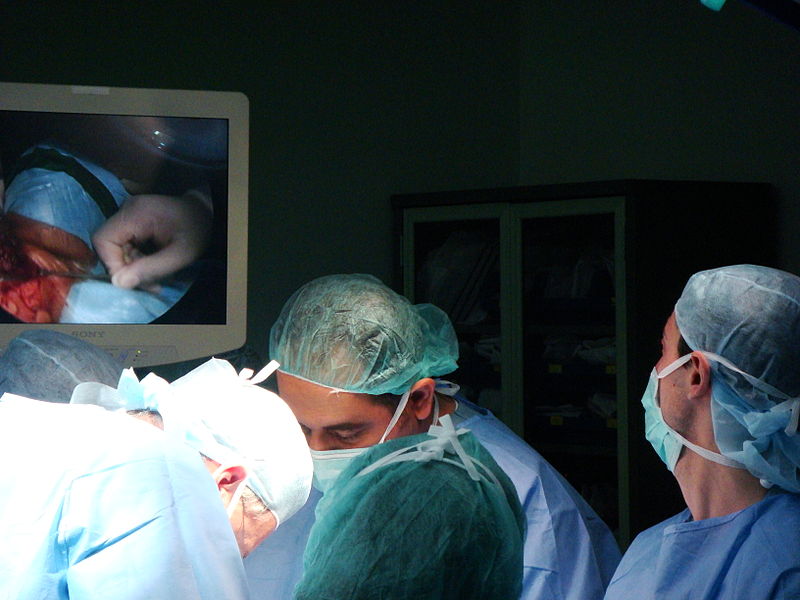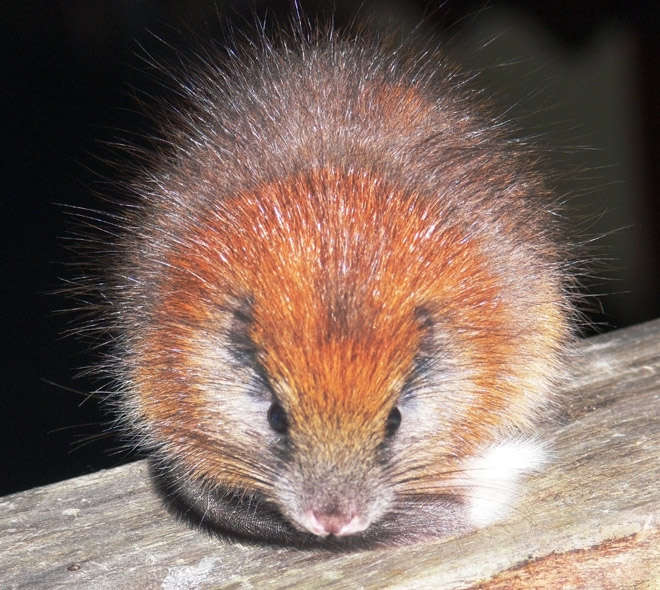News in a nutshell
| 23 May, 2011 | Adie Chan |
|

|
This week’s news includes the hottest experimental cancer drugs, two techniques that aim to avoid immune rejection of transplanted organs, and a long-lost tree rat that shows its face for the first time in more than 100 years.
The hottest cancer drugs

As the American Society of Clinical Oncology (ASCO) gears up for its annual meeting, to be held June 3rd through 7th in Chicago, the oncology field is abuzz with news of the new data to be divulged. Currently, more than 900 experimental therapies are under investigation, a handful of which have made headlines in the last week as researchers published abstracts for their upcoming meeting presentations.
AstraZeneca, for example, is working on a drug called olaparib, which recently proved to prolong remission rates by nearly 4 months in women with serious ovarian cancer. The pill, which prevents tumor cells from repairing the damage induced by either chemotherapy or natural causes, is a PARP inhibitor — a new class of medications whose promise was doubted when Sanofi’s compound BSI-201 showed no positive effect on lifespan in patients with a specific breast cancer this past January. “We are starting to hone in on where PARP inhibitors may have the most efficacy,” senior author Ursula Matulonis, medical director of gynecological oncology at Dana-Farber Cancer Institute in Boston, told Bloomberg.
Roche has also recently reported promising results for its drug MetMAB, which improved progression-free survival when combined with another drug Tarceva in a subset of lung cancer patients. While MetMAB previously failed to improve the outlook for a broader patient group, in those with high levels of the Met protein, the disease took more than a month longer to worsen when patients took the combination therapy as compared to Tarceva on its own, according to Reuters. (Stay tuned for The Scientist‘s Biobusiness feature coming out next month, which will discuss the growing trend of developing combination drug therapies to fight cancer and other ailments.)
Other companies with promising compounds include Ariad and Merck, which are collaborating on a small-molecule inhibitor of the protein mTOR called ridaforolimus. Earlier this year, the companies announced that the drug had improved progression-free survival in a Phase III trial of metastatic soft-tissue and bone sarcoma patients who had responded well to chemotherapy, and are expected to reveal more data on this drug at the upcoming meeting, according to FierceBiotech.
Efforts to overcome immune rejection
International Stem Cell Corporation (ISCO), a California-based biotech that maintains the world’s largest collection of research-grade human parthenogenetic stem cell (hpSC) lines, announced last week the enrollment the first egg donor in a program that aims to create new clinical-grade lines of the stem cells in the United States. In 2007, the company announced that it had created human stem cells from unfertilized human eggs using parthenogenesis, an asexual form of reproduction. The resulting stem cells are homozygous for the human leukocyte antigen – the major histocompatibility complex that can cause transplant patients to reject their new organs. ISCO hopes to find 15 US egg donors to build a bank of clinical-grade stem cell lines that could be MHC-matched with millions of patients, avoiding the immune complications often associated with embryonic and induced pluripotent stem cell therapies, The San Diego Union-Tribune reports.

Some European researchers are taking a different approach to combating immune rejection – remove a patient’s immune cells and teach them in vitro to tolerate the incoming tissue. The technique, which involves culturing human T cells in the lab along with a drug called cilostamide and cells from the tissue to be transplanted, has so far proven successful in mice, according to a study published last week in Science Translational Medicine. Cilostamide encouraged the growth of T-regulatory cells (T-regs), which help suppress the immune response. When a patient’s T-regs are co-cultured with cells from the tissue transplant in the presence of cilostamide, the T-regs grow tolerant of the tissue, and are primed to suppress other T cells once reinjected into the body . “Many research groups across the world are trying to solve this problem because developing better ways to prevent transplant rejection is a big unmet clinical need,” Andrew Bushell of Britain’s Oxford University told Reuters. “Regulatory T cells may provide part of the answer.” The researchers hope to test the technique in human trials within 5 years.
A long-lost rodent reappears

For the first time in more than a century, a red-crested tree rat shows its face. The guinea-pig-sized rodent was spotted in the El Dorado Nature Reserve in Colombia – 113 years after two animals were found and studied to provide all that is currently known about the species, according to Wired. “He just shuffled up the handrail near where we were sitting and seemed totally unperturbed by all the excitement he was causing,” Lizzie Noble, a volunteer from Britain, had been at the reserve for just a month when she witnessed the creature, said in a ProAves press release. “We are absolutely delighted to have rediscovered such a wonderful creature.”
Related News Stories:
[7th April 2010]
[28th May 2009]
[1st March 2009]

|


Quote: proved to prolong remission rates by nearly 4 months
Answer: This is some kind of breakthrough ?
Making the Cells to Behave
It has been a dream for quite long to find ways to inflict damage on the cancer cells without damaging the normal cells. Finding ways to prevent the cancer cells from repairing themselves is a step further. It is quite a promising research!
On the other hand programming the immune cells and the immune system not to reject the transplanted organ is another way of making the cells to behave. The research hold a great promise indeed.
Combating immune rejection, this may be off the wall, but couldn’t this approach be used as a potential way to ‘re-educate tregs’ involved in auto-immune diseases? Just a thought.
Regards
lizz
Those few days or months or at best a few years are not enough!
From the learning process of the role of connexins (a family of tumor-suppressor genes) in maintaining cell to cell communication in health to the understanding of the healthy immune system and further to the constant dialogue among the organs and the distant tissues in the whole body in the face of fluctuating concentrations of cytokines, growth factors, hormones and other mediating substances arising from the environmental , emotional and dietary changes it is a long way . The world was never steady. But unknowingly, our adaptation to the present fast changes in the above factors is becoming increasingly difficult. The emerging complexities cannot be adequately tackled through the interventions of a few individual factors or systems or substances. Almost all approaches for the treatment of cancer had therefore yielded limited results except in situations where the disease was detected at the very early stage; the most successful treatments were to chop off the affected parts log stock and barrel! But repair and regeneration are different from elimination. Cancer cells do not care to behave. And yet no breakthrough on the cure of the disease through total elimination of the damage is yet on the anvil. Wonder how many more years are to be spent to have a hold on the disease?